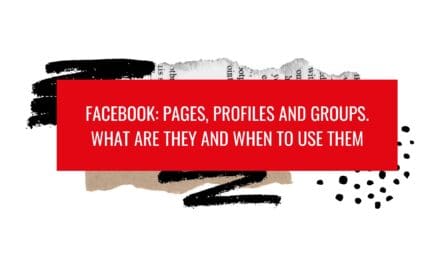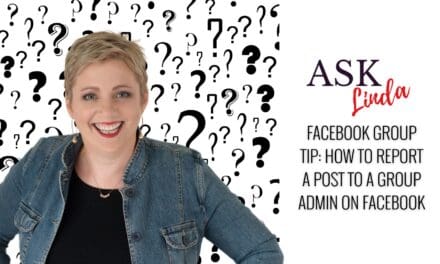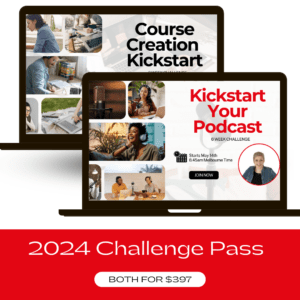If you’re a business owner, then you’re aware of how important marketing your brand is. Successful marketing leads to brand awareness, leads conversions, and customer retention. This is why content optimisation strategies for reach and engagement are essential.
You know that content on your website is an extremely important aspect of marketing, and you may be working hard to consistently create the perfect content. But if search engines can’t find your content because it’s not optimised, then even the most comprehensive content will be useless.
In this video, we will cover tips and tools on how to make your content as effective as possible by ensuring that they are optimised for search engines to be able to find them and deliver them to your audience.
Content optimisation strategies for reach and engagement:
Optimisation comes down to a few key areas when we’re creating our content. It comes down to keywords making sure they are optimised for SEO, it comes down to branding making sure we’ve kept our visuals on brand, and it comes down to delivering our content at the right time and then multiple times so our audience can see it.
Ways you can optimise your blogging content:
Optimise your blog content for the keywords
For those of you who are blogging and using WordPress, I love a tool called Rank Math. Rank Math allows you to optimise your blog for the keywords you want to rank for.
The tool also allows you to connect to your Google search console and get updated reports on a regular basis about how your keywords are trending and what the best time is to deliver your content.
Optimise your delivery time
Have a look at your Google Insights and your analytics to see when your audience is online and start delivering your blog posts at that time when they are likely to see them and engage with them.
MeetEdgar can help you schedule your posts making sure they are published when your audience is online.
Make use of the heading tags
This is one of the simplest tools that you can possibly use. Your title is an H1 tag, your subheading should be an H2 tag, and so on. Putting a heading tag is going to tell Google that that’s the next key thing and we want to make sure that our keywords are included and optimised throughout that process.
Always put an excerpt
You want to make the most out of that excerpt field when it comes to your blog. The excerpt is a snippet that comes up in Google search and appears on your blog index page. This is also called the meta description.
This description needs to say ‘read me” and entice the people to click through your content. It can be the opening paragraph of your blog or one of the key paragraphs that gives the best summary of what the blog is all about. Also, make sure that you include your keywords in the excerpt.
Ways you can optimise your video content:
Put a description on your YouTube video
I see so many people load videos to YouTube or Facebook and don’t even put a description in. Please, if you do nothing else after this video, put descriptions in your videos.
Now, you won’t be aiming for hundreds of thousands of views to be optimised, but you want to come up in search. The more optimised your videos are, the more likelihood that YouTube or Facebook is going to deliver.
Put keywords into your title
You can optimise your videos by putting keywords into your title. Make sure the title is something that people will be typing into search. You can use AnswerThePublic to find out what people are typing into search and make sure you title your video correctly.
Categorise your videos into playlists
Playlists help you organise your videos. When your videos are arranged into categories, they are easier to find. Search engines like organized content.
Put captions and subtitles on your videos
Tools like Rev help you upload an SRT file to your YouTube videos so you can put captions and subtitle text along with your video. Personally, when I use Rev, I get a better response to my videos.
Put in your keyword tags
You’ve got up to 500 characters in keywords tags to use. You can use tools like VidIQ or TubeBuddy and it will optimise the videos with tags to use.
Optimise your delivery time
I use Meet Edgar to make sure that our schedule of evergreen posts that are being shared on a regular basis are delivered to the platforms at the right time when our audience is online.
We go to our insights and have a good look at what time our people are on Facebook, LinkedIn, Twitter, and other social platforms, and we customize our schedules to make sure that the posts are delivered at the right time.
Highlights:
[0:05] Optimisation is a key factor in marketing
[0:35] Keywords, branding, delivery time
[1:45] Optimising lead magnets with well-timed nurture sequence
[2:05] Handy optimisation tools
[2:10] How Rank Math can optimise your blog
[2:55] Optimise blogs using the heading tags and excerpt field
[3:40] How to optimise your videos
[4:45] Optimising video keywords using VidIQ or Tubebuddy
[5:15] Optimising videos on Facebook
[5:20] Optimising the delivery of social media post using Meet Edgar
[6:05] Optimising short-form content on Pinterest
[6:30] Optimisation helps you get better results from your content
Sponsored Content: This post is sponsored content and the placement has been paid for or contains affiliate links. For complete information, see our terms of use.
More Marketing Tips Available in The Marketing Circle
Step by step, we will walk through the ins and outs of marketing, with tips, simple exercises and proven marketing strategies that you can roll out in your business.
We will explore all things marketing, from demystifying the marketing world, to blogging, working with media, email marketing, social media, and more.
Access courses, community and live training led by
Ideas and Marketing Strategist Linda Reed-Enever


















